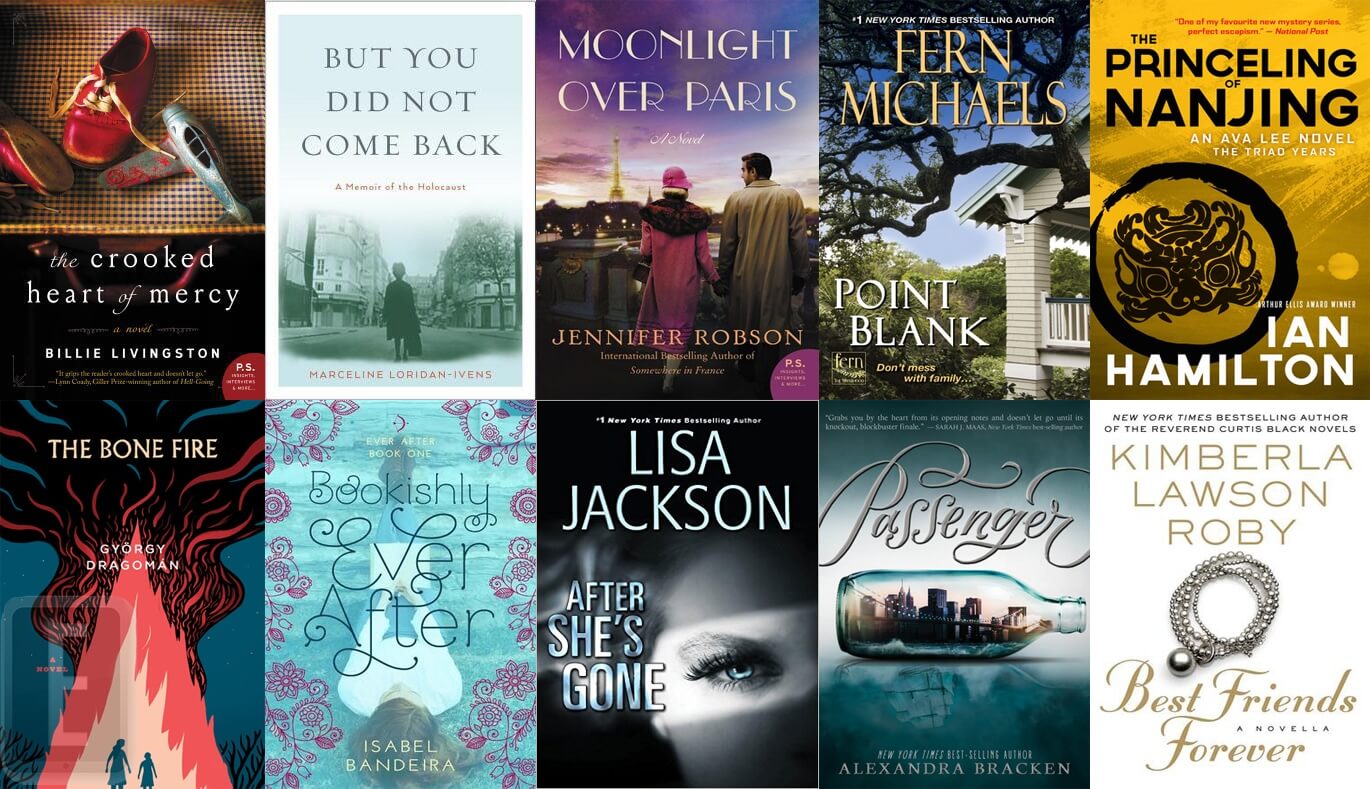
Penguin Random House has consolidated their internal library division under a single banner. The publisher has been working very hard on making themselves more appealing for libraries. After months of work they finally have developed new terms for e-Book licenses sold to libraries, schools and 3rd party distributors.
Starting January 1, 2016, all Penguin and Random House adult and children’s frontlist and backlist digital titles will be available under the one-e-Book and one-user policy. The one-year lending cap on all e-books by the publisher will discontinued and libraries will be able to loan the book out to as many patrons as they want and since they no longer expire.
Skip Dye, VP of library sales for Penguin Random House said in a recent interview “The key determinant with Penguin Random House library e-pricing is the opportunity for the full and permanent ownership of our titles purchased for their collections, which can evolve into a potentially unlimited number of library patrons borrowing that e-Book in perpetuity. Print books, which suffer wear and tear from repeated lending, need to be replaced through repurchase. E-Books do not.”
Many libraries face the issue that e-books are simply too expensive and that many publishers are gouging them on the prices. The new terms issued by Penguin Random House are actually lowering the prices, which should have collection managers breathing a collective sigh of relief. Penguin Random House e-books will now range from under $20 per title to a newly set maximum of $65 (US and Canadian), reduced from the current maximum of $85 US and $95 CAD.
The new terms being set by Penguin Random House are a key indicator that the publisher is now seeing libraries as a valued partner and are responding positively to libraries key concerns that e-books are overpriced and their budgets are being stretched thin.
Michael Kozlowski is the editor-in-chief at Good e-Reader and has written about audiobooks and e-readers for the past fifteen years. Newspapers and websites such as the CBC, CNET, Engadget, Huffington Post and the New York Times have picked up his articles. He Lives in Vancouver, British Columbia, Canada.
